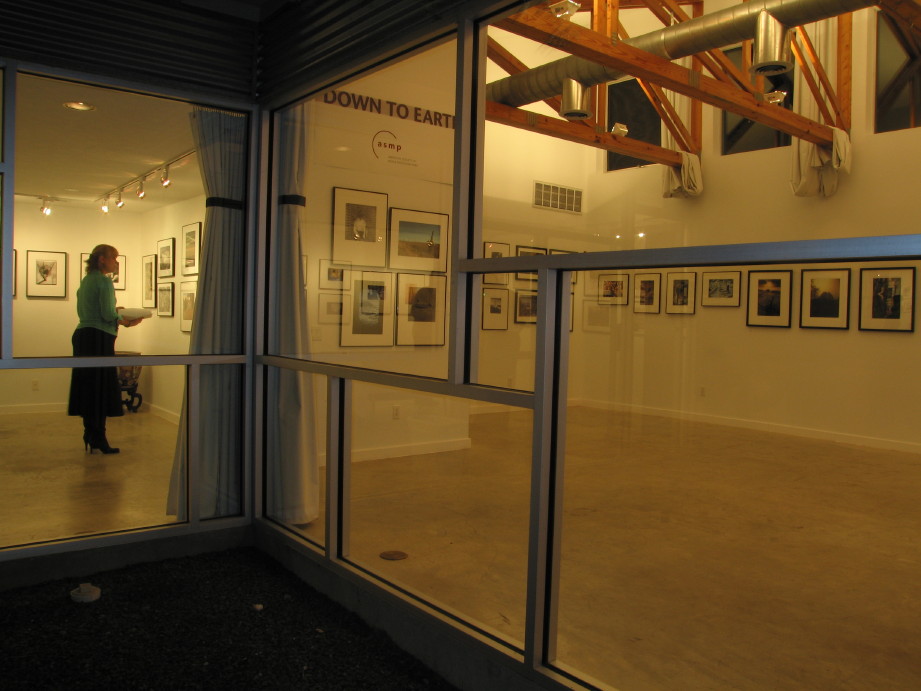 I come to the party a bit late, having been busy re-watching a string of other brutally intelligent series: Dollhouse, Deadwood, Madmen, Ghost in the Shell S.A.C. 2nd GIG. But I’m finally digging into Breaking Bad, and it’s plain to see what all the fuss is about.
I come to the party a bit late, having been busy re-watching a string of other brutally intelligent series: Dollhouse, Deadwood, Madmen, Ghost in the Shell S.A.C. 2nd GIG. But I’m finally digging into Breaking Bad, and it’s plain to see what all the fuss is about.
As any good storyteller does, Breaking Bad teaches you how to watch. For instance (spoiler alert!) in the intro to Episode 6, Season 1, Walt gives a speech to his partner in crime in which he agrees to continue manufacturing methamphetamine but only according to a set of limits and boundaries, chief of which is the declaration that there be “no more bloodshed”, a reference to the two rival drug dealers they’d killed in Episodes 1 through 5. Interspersed throughout this speech are edits that cut away in piecemeal fashion to some other scene, a scene of some kind of street violence involving an exploding building and someone leaving the scene of the explosion with what appears to be a severed head in a bloody canvas sack. You ultimately realize the cutaway scene is from the end of the episode and that Walt has blown up the building and has likely killed a man. And this time, by the look on Walt’s face, it appears the murder has been committed with malice, perhaps a revenge killing.
This totally works in the show’s favor. The sequence follows the conceit of the series structural design that was set up in the intro to Episode 1. In the intro to Episode 1, in medias res, we’re given the show’s hero speaking hastily into a handy cam, as police sirens approach in the distance. Speaking into the camcorder Walt is addressing his wife and son, asking their forgiveness for unstated crimes which he has committed in the name of providing a future for his family, while in the background we can see an RV containing the dead bodies of two rival drug dealers. In other words, each episode’s intro gives us a teaser: a peek ahead to Act III of the episode’s classic three-act structure. This creates narrative drive: the audience is then driven to watch Acts I and II to find out how the hero has landed himself in such deep trouble.
In three-act structure, according to Star Wars producer Gary Kurtz, “[I]n the first act of a story you put your character up in a tree and the second act you set the tree on fire and then in the third you get him down.” Breaking Bad’s innovation is to give us a peek at Act III in the intro to each episode.
After the opening credits, Act I of nearly every episode show us mild-mannered Walt White, high school chemistry teacher, whose admirable middle-class values and underdog status make him an anti-hero the audience can identify with. Act 1 of each episode starts with Walt behaving or speaking sanely, the emotional floor steady and level beneath the audience. In Episode 1 specifically, this is pre-cancer Walt. As his health (including his mental health) is destroyed by cancer, his middle-class world view is also wrecked, annihilated, even. Into the moral vacuum rushes the alternate Walt, who, upon learning the cancer will soon kill him, decides to become a drug dealer. In other words Act I ends by answering the why–why Walt turns to a life of crime.
Act II answers the how–how it comes about that Walt not only manufactures crystal meth, but in the process also kills people. In Act II Walt not surprisingly is confronted by a savage harvest of physical threats, moral dilemmas, and golden opportunities born of his choices and of the exigencies of the street. Even more to the point, though, Act II amps up Walt’s underdog resentment of the broken world. His public-school teacher salary being what it is, Walt is forced to take a part-time job once his wife becomes too pregnant to work. After school he hustles to a nearby car wash and works as its cashier, where his mild manner is abused by an unreasonable manager who orders Walt outside to wipe down wet cars when a line employee calls in sick. One of the cars is the gleaming new Corvette of a rich kid who earlier in the episode is seen disrespecting Walt in the classroom. The rich kid humiliates Walt by photographing him stooping over with a dirty rag and texting the photo to others.
Such telling detail instructs the audience in how to read the show’s themes, while also pumping up the tension by fully earning each episode’s extremes of character development and drama. Why does Walt do what he does? I’ll tell you why! the screenwriters say. In grad school, one of my MFA professors called this the GRAB principle: Give the Reader a Break–never leave the audience confused as to why protagonists do what they do.
In Episode 6, we see Walt in the classroom lecturing about chemical reactions. He says at one point, “Chemical reactions that happen slowly change very little, so little we hardly even notice the change, like rust forming on the underside of a car.” Walt pauses mid-sentence, frowning at what he’s just said, and of course we are put in mind of Walt’s cancer. He continues his lecture. “…But, if a reaction happens quickly, otherwise harmless substances can . . . generate enormous bursts of energy . . . as in explosions, [and] the faster they undergo change, the more violent the explosion.” We think of the whiplash pace with which Walt has shed his middle-class skin and become a local methamphetamine kingpin on the DEA’s most-wanted list.
This also hints at the violent reaction taking place in the hearts of the audience. Like seeing one’s reflection in the glass pane of a disturbing framed work of art, we viewers are implicated in Walt’s man-slaughtering ways by virtue of sympathizing with him. Isn’t it common, after watching an episode, to later in the day walk around with the guarding sensations of dread and suspicion?








 (photo credit needed)
(photo credit needed)








